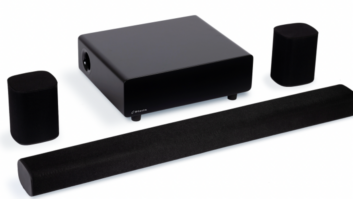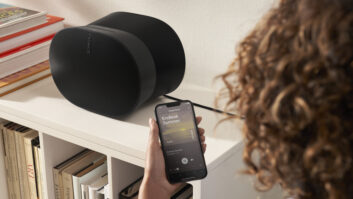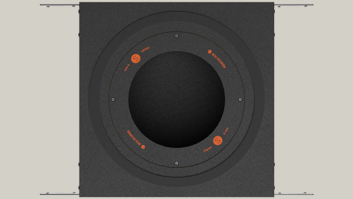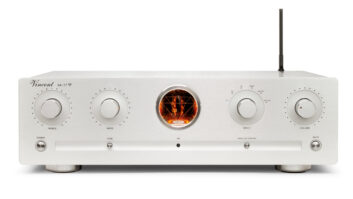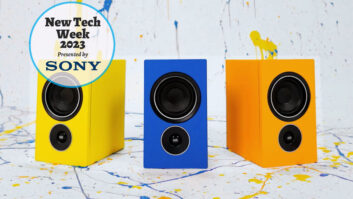The movie theater is what a day in the office is like for top researchers at Dolby.
On Tuesday, some of the audio innovator’s top scientists and executives led media in New York through a broad ranging program detailing some of their latest products, while also teasing some of the more top secret projects in the works for the future.
The three-hour program was nothing short of fascinating from end to end, spanning markets as far ranging as residential and home theater to broadcast, cinemas, movie production for both audio and video, and even unified communications.
The event—dubbed Dolby at the Labs—kicked off detailing the abstract fundamentals that much of Dolby’s audio technology is based off, as senior scientist Poppy Crum demonstrated multiple interactive optical and audio illusions. It was as if we were attending one of her lectures at Stanford, where she is a consulting professor for computer research in music and acoustics, teaching classes like “Neuroplasticity and Musical Gaming.” She really coherently demonstrated how neurophysiology is the basis for how Dolby approaches its technology development, and it made perfect sense—from a business perspective for Dolby, and conceptually—that how our brains perceive and react to audio and video stimuli should drive the means for how we consume entertainment.
Brett Crockett, senior director of research, sound technology, summed it up, saying, the more we understand the science, the more we can solve the problems.
Dolby is “full of artists,” creating consumer experiences, Crockett said, an idea that was a constant theme as the day progressed to highlight some of the products they have released and are working on. The event highlighted the one-year anniversary of Dolby’s Atmos cinema technology, which integrates overhead audio effects for truly the most immersive movie experience available. Once all the presentations and product demos wrapped—and a brief cocktail/cupcake anniversary celebration—the day culminated with a full feature screening of Danny Boyle’s new film, Trance, set for release Friday.
Trance’s sound mixer Ian Tapp was on hand to discuss what it was like mixing Atmos in the film. He compared it to having “another flight of stairs you can use,” and “having two more gears in your car’s gearbox.”
Unlike an event this past Fall demonstrating Atmos, there wasn’t much of an opportunity for the press to inquire about potential for Atmos in the home theater. [My colleague Joe Palenchar at TWICE was able to zero in on an exec for some more details on this, boosted by comments from the Blu-ray Disc Association, which you can (and should) read here.]
Atmos could be a gigantic boon for home theater installers if the technology proves capable of development for home applications. Theoretically, it seems perfectly conceivable, but we are probably quite a ways from any solid movement in this direction. After watching a full feature film with Atmos, it is hands-down the most exciting and immersive movie experience to date. It is a must to experience Atmos in action for installers and consumers because it basically rewrites the movie watching experience. You can search for theaters featuring Atmos here.
In just a year, over new 30 titles have been mixed with Atmos and over 90 cinemas worldwide have integrated the technology. After Trance opens nationally on Friday, Oblivion, starring Tom Cruise and Morgan Freeman, is set for release later in April.
Some of the other technologies Dolby demonstrated included audio processing in mobile devices, like the Kindle Fire; glasses-free TV; a digital CRT reference monitor for video post production houses; and a conferencing software, Dolby Voice, that dramatically improves the quality of audio during conference calls.



